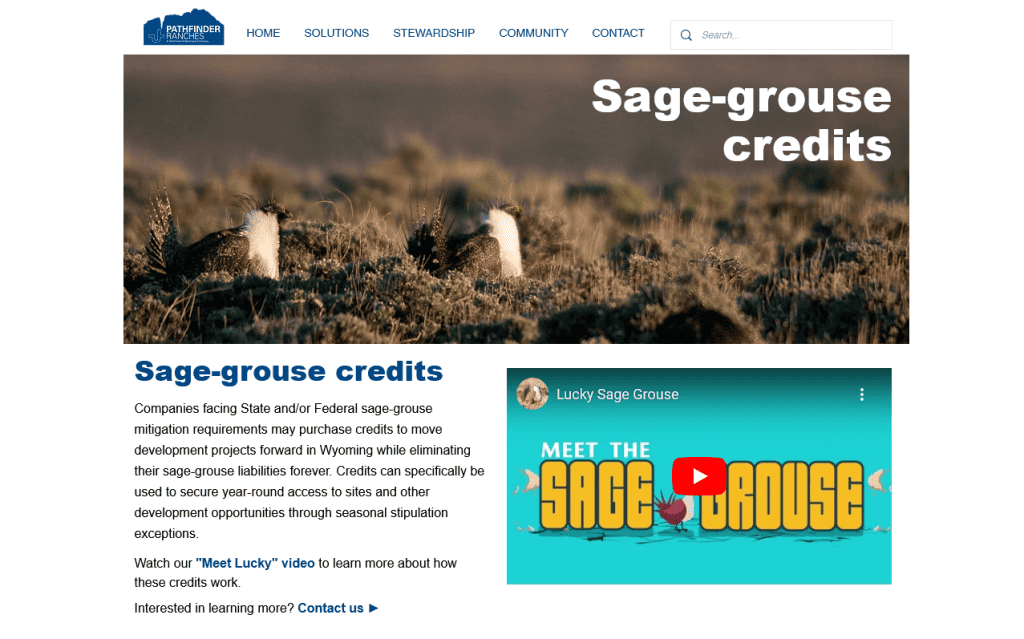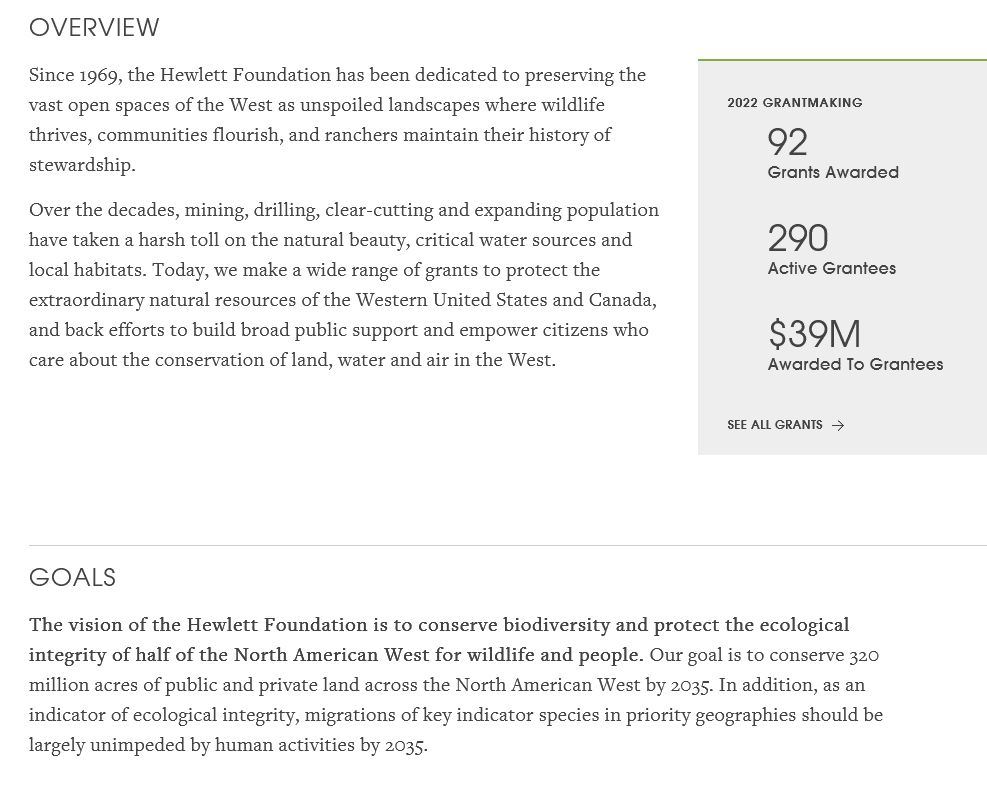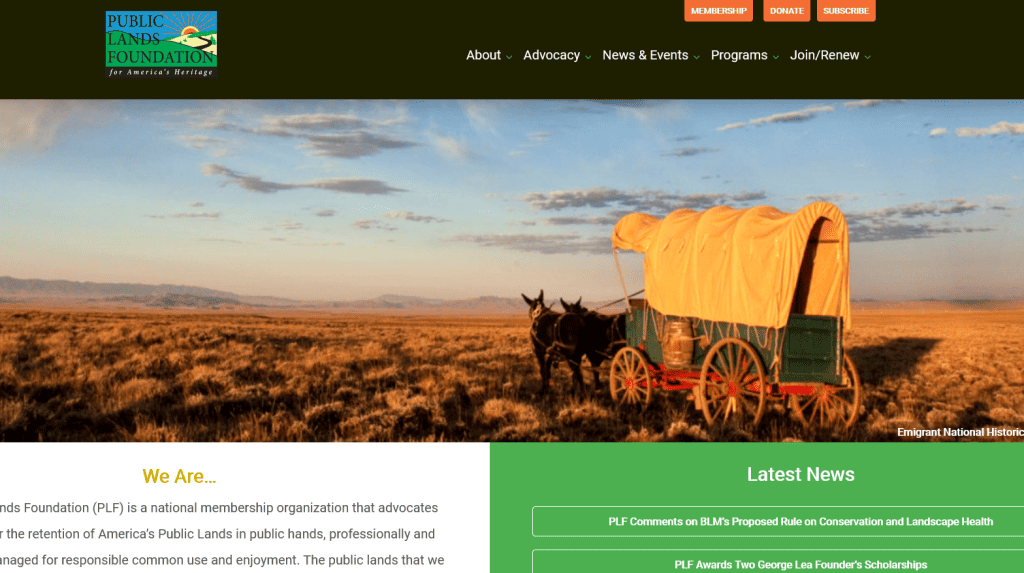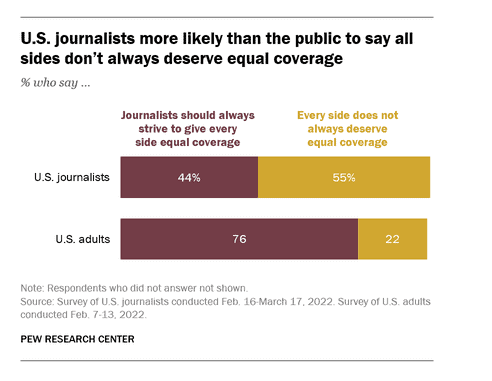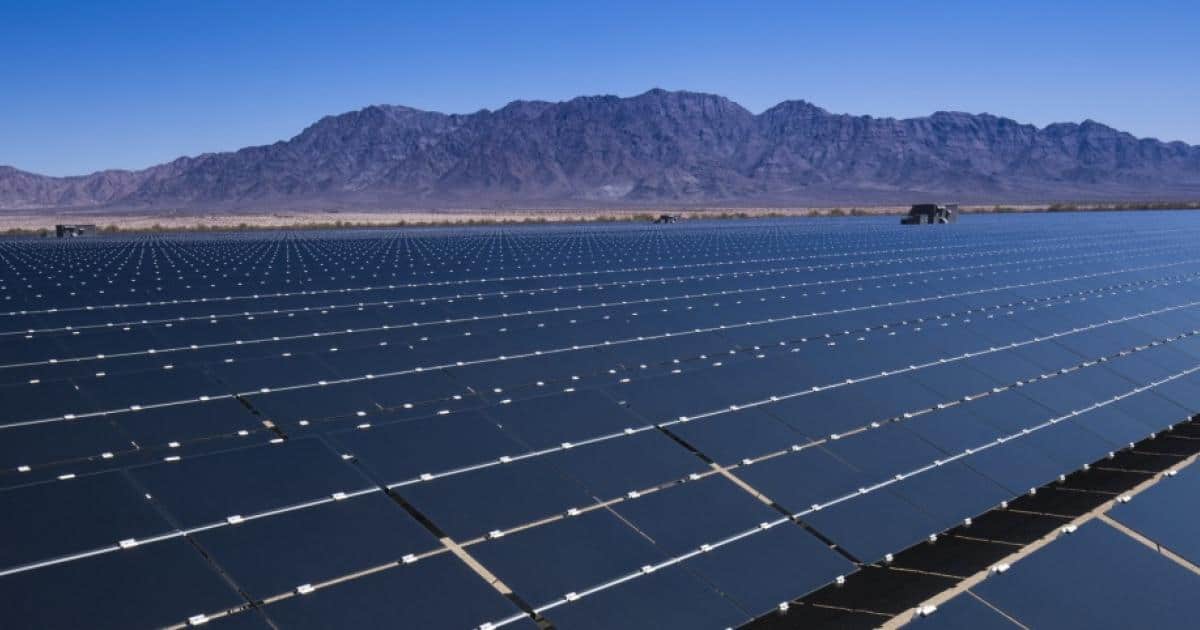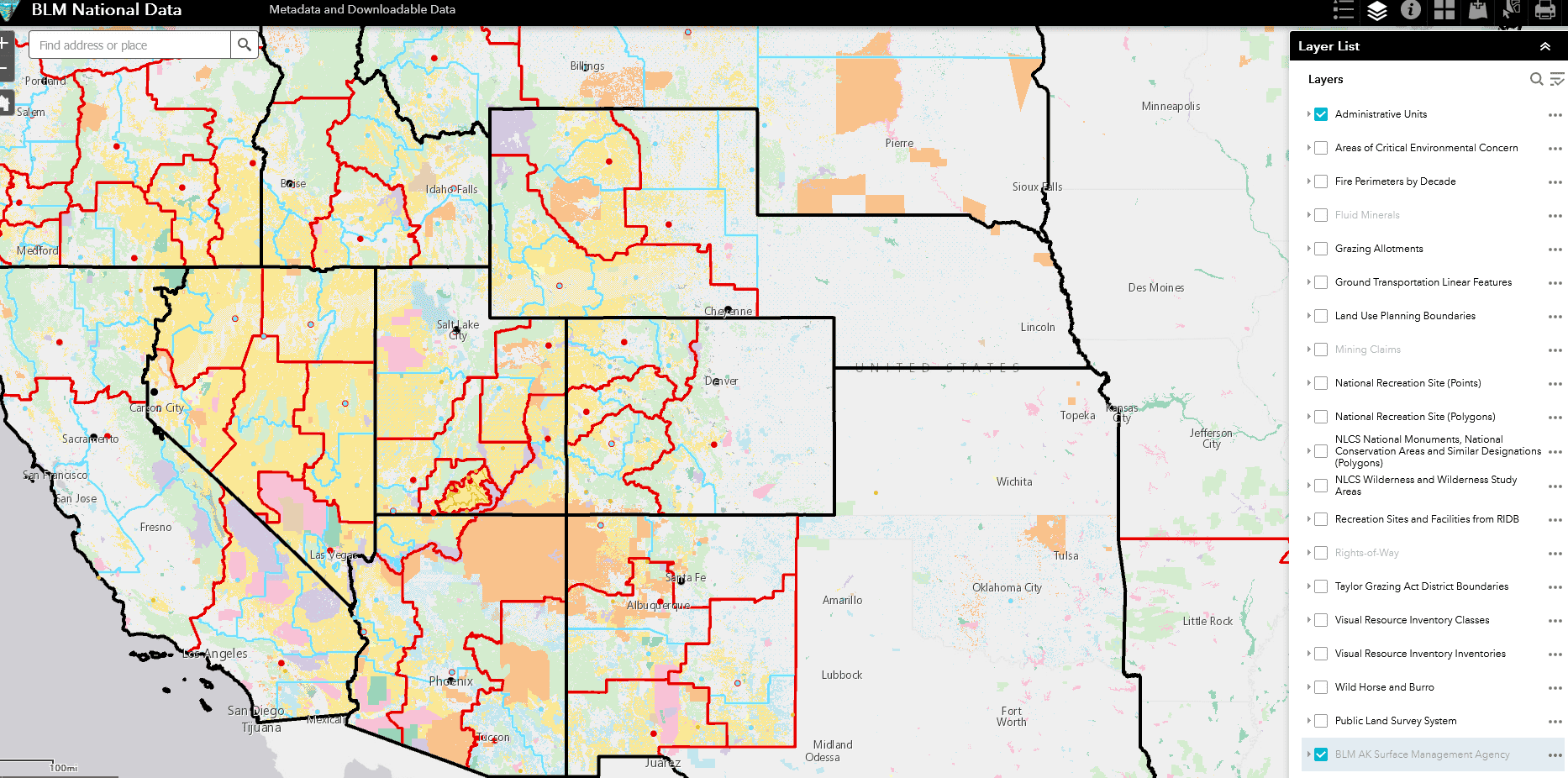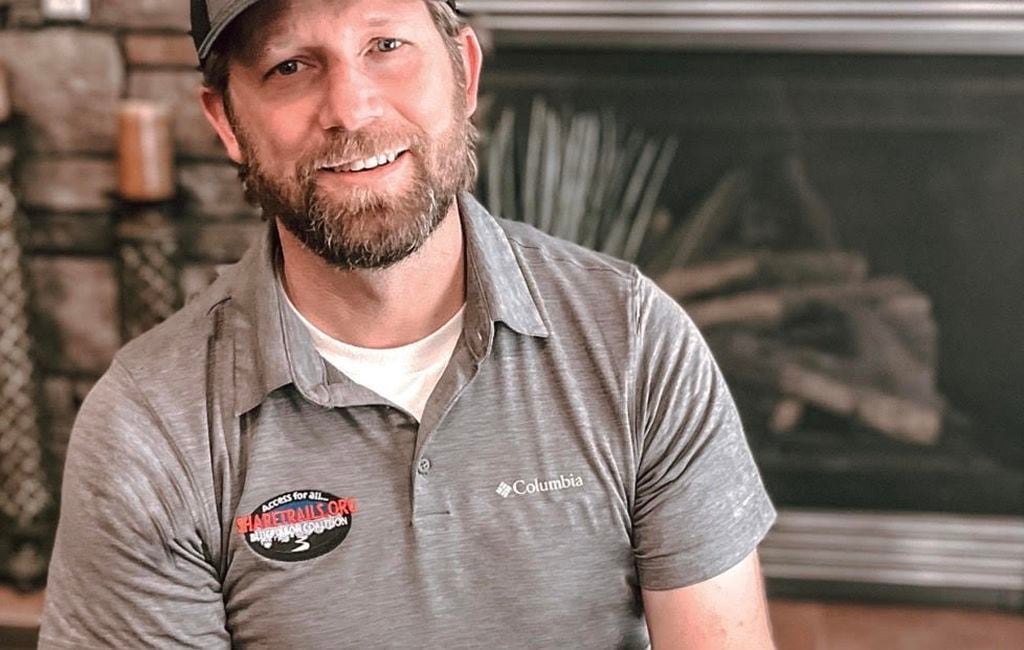Let’s take a look at the Montana Governor’s comments. I’d like to have a beer with the folks who wrote this letter.
Some of my fave quotes..
The Rule’s otiose terminology and subjective criteria are breeding grounds for agency overreach.
And, if I may add, a full-employment program for legal professionals in the fields of natural resources and environment? Feature or bug?
Finally, to alleviate existing “confusion” in 43 C.F.R. § 1610.7-2, the Rule would replace the term “value” with the phrase “resources, values, systems, processes, or hazards.” Id. at 19593. The Rule’s rationale is head-scratching, given that the “confusing” term continues on in the new rule’s phrasing, just accompanied by more “confusing” words, like “systems” and “processes.” Id. at 19596 (see, 43 C.F.R. § 1610.7-2(c)(l)).
I also liked the idea of flipping FLPMA. “In addition to flipping FLPMA’s multiple use paradigm on its head.”
This sounds like it could have been from a Forest Service MOG ANPR comment:
I would ask that the BLM refocus its efforts away from drafting definitions and instead work to address degraded forest conditions so that Montana will have stands left to classify into old-growth.
It confuses me that the Biden Admin touts the BIL and IRA when they send out money (e.g. “Delivering Results from President Biden’s Bipartisan Infrastructure Law), but also propose regulations that tie up employees’ and partners’ time in abstractions and analysis- instead of doing the work on the ground that the Bipartisan Congress funded in those bills. Someone really important must want this stuff.
Anyway.. there’s much legal stuff and legal history in the letter, which I don’t have the background to comment on.
***************
While I’m not necessarily a fan of large planning processes, people understand them and randomly (or is it arbitrary and capricious?) placing decisions outside them, and changing management based on a nomination without any public process seems like a bad idea.
Involve the Public Before You Change Management pre ACEC Designation
The Rule eliminates this public notice and comment requirement for ACEC identification on the basis that the “general public involvement” processes associated with land use planning are sufficient. 88 Fed. Reg. at 19593. However, the Rule creates new provisions that allow for ACEC designation outside the land use planning process and, by extension, the “general public involvement” processes associated therewith. Id. at 19596-19597 (see, 43 C.F.R. § 1610.7-2(c)(3)) (“If nominations are received outside the planning process, interim management may be evaluated, considered, and implemented to protect relevant and important values until the BLM completes a planning process to determine whether to designate the area as an ACEC, in conformance with the current Resource Management Plan.”) In other words, upon nomination (which, problematically, can come from any entity), this Rule allows the BLM to treat an area as an ACEC without any formal land use planning, stakeholder engagement, or public process.
Aside from being legally rife, such an impenetrable, dictatorial procedure is just bad policy.
Not Appropriate for CatX
The import of this Rule requires the BLM to put its best foot forward with regard to NEPA, and the agency’s attempts to institute a rule of this magnitude, sans public participation and analysis, is disingenuous at best. The unforthcoming nature of such a move is only underscored by the fact that the BLM has undertaken NEPA review on other priority rulemakings, specifically the agency’s revision of its grazing regulations (43 C.F.R. Part 4100). While that rulemaking similarly deals with “administrative, financial, legal, technical, or procedural” regulations, the agency has waived CatEx in that rulemaking, recognizing that future decision-making under that regulatory paradigm may affect the quality of the human environment.
Extensions of Conservation Leases Semi-Automatic
The special consideration afforded “conservation leases” is pervasive throughout the Rule. For example, 43 C.F.R. § 6102.4(a)(3)(iii) removes an authorizing officer’s discretion in the issuance of conservation lease extensions, mandating that such extensions “shall” issue “if necessary to serve the purpose for which the lease was first issued.” 88 Fed. Reg. at 19600. Such singular treatment is not supported by statute.
Who remembers the 1995 Conservation Rule?
This Rule is nothing more than a revival of the 1995 conservation use rule, already stricken by the courts as unlawful. While the code section may have changed, this Rule would still provide an avenue for the issuance of “conservation” authorizations to the exclusion of public lands grazing. This Rule should be withdrawn as it suffers from the same fatal flaws as the 1995 prov1s1on.
How Were States and Tribes Involved in the Development of the Proposed Rule?
The final sentence says:
I ask that the BLM reconsider its inconsistent position here, withdraw the rule, and engage with States and stakeholders in a transparent and inclusive NEPA process they deserve.
The tone of these comments is a little cranky. I guess I would be kind of cranky too, if I were a Gov and our State had not been consulted on a federal regulation that fundamentally affects the lives of my constituents.

